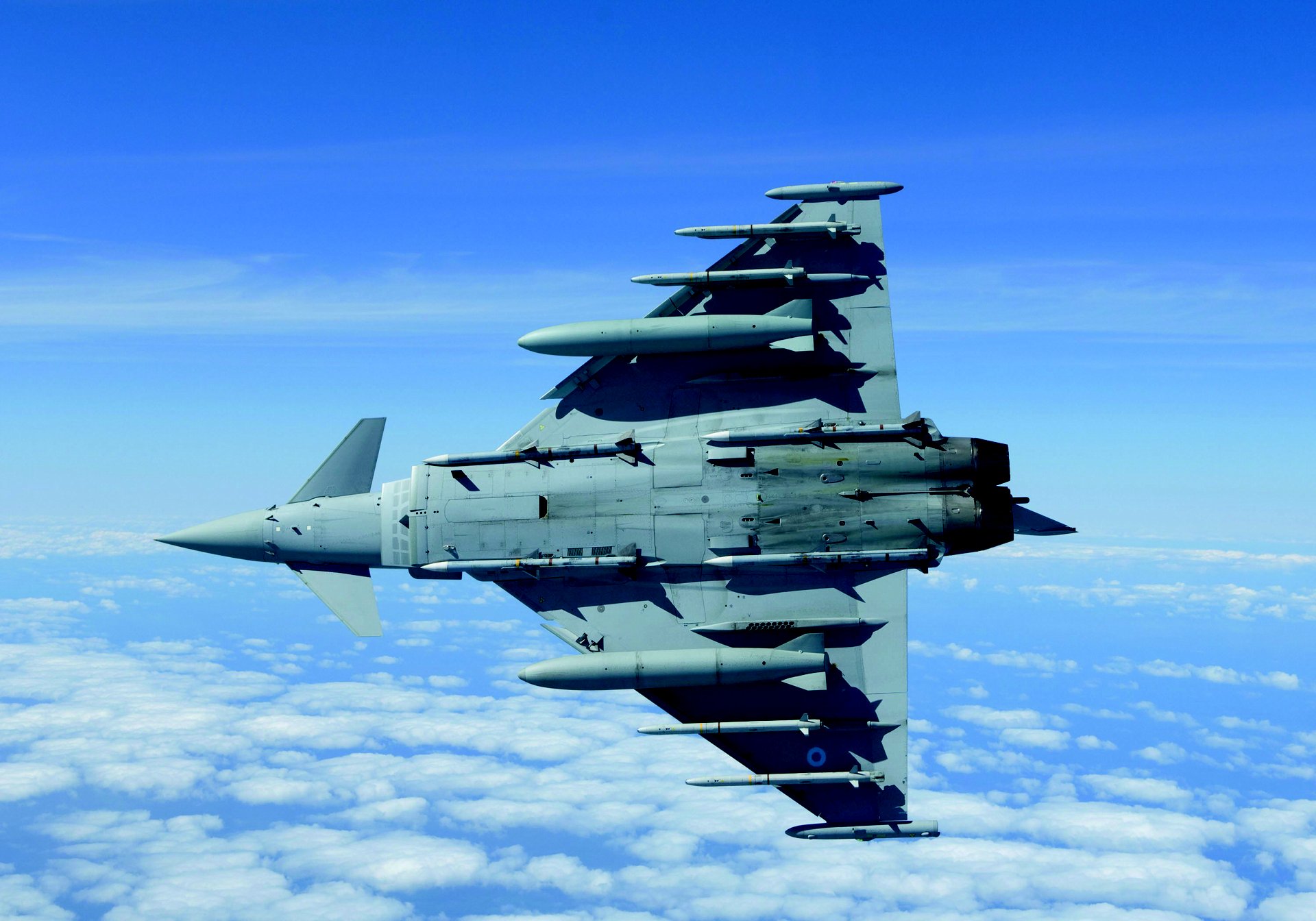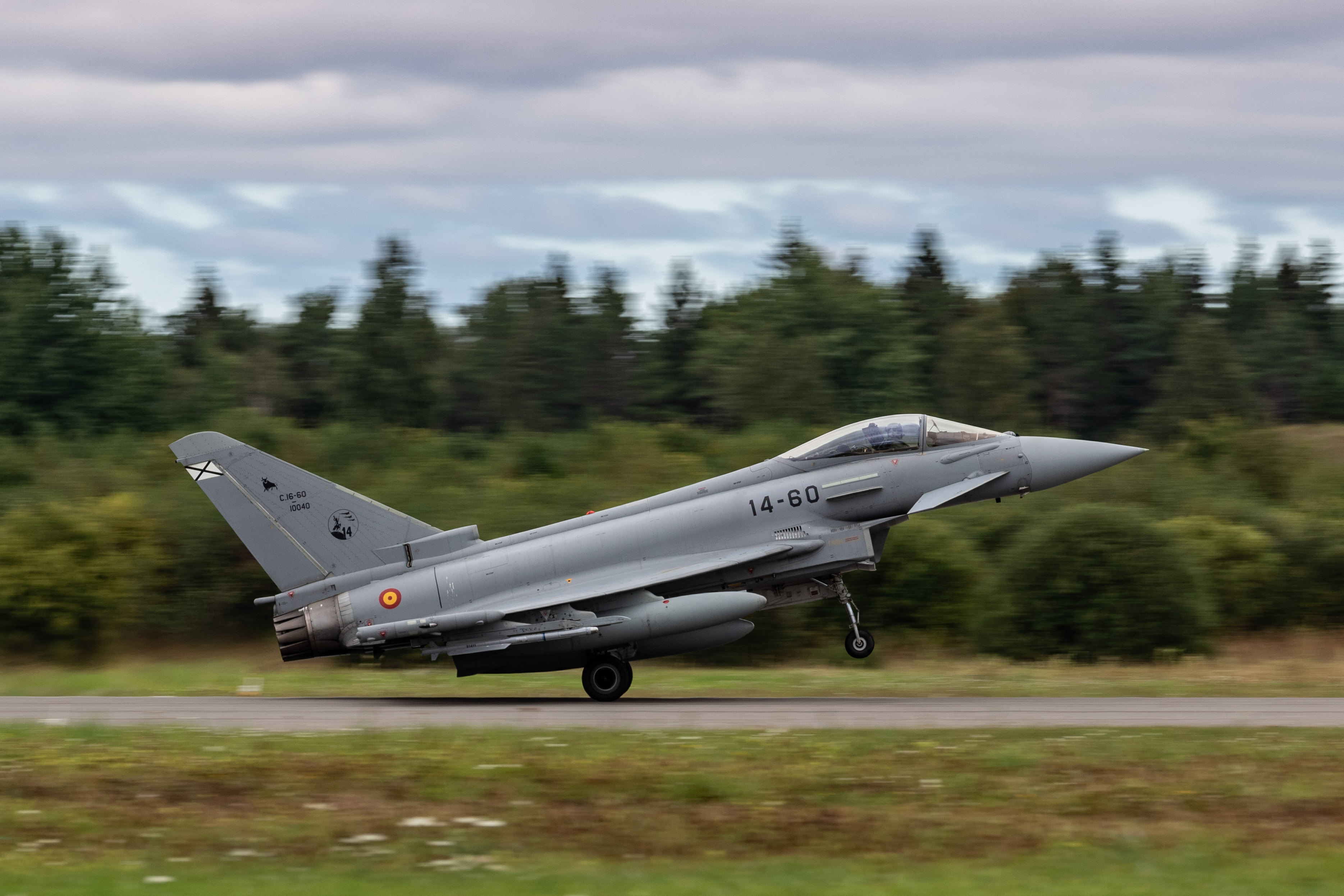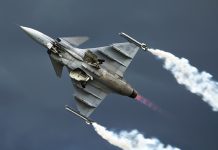A private Cessna plane flew across Europe before mysteriously crashing into the Baltic Sea off the coast of Latvia. On September 4, the aircraft departed from the Spanish city of Jerez for Cologne in Germany.
According to the German daily Bild, the plane reported an issue with cabin pressurization immediately after takeoff. Later, officials lost radio communication with the plane, and fighter jets from Germany, Denmark, and Sweden scrambled to intercept it.
The aircraft “was flying between Spain and Cologne, but when it changed course, air traffic controllers were unable to make contact,” the Latvian civil aviation agency said. Thousands of people tracked the Austrian-registered Cessna Citation online as it flew for two hours as a “ghost plane.”
A Cessna 551 that was flying from Jerez was supposed to land in Cologne but the pilot didn't answer ATC calls and the aircraft contiued to fly on autopilot in a straight line before it lost altitude and crashed into Baltic sea close to the Latvian coast https://t.co/iIVNoMNksW pic.twitter.com/klQQosArTg
— Flightradar24 (@flightradar24) September 4, 2022
Spain issued the initial warning about the aircraft, stating there may have been a problem pressuring the aircraft, the French air force said. As the plane continued to fly across northern Europe, the fighter jets made an effort to make touch with the crew, “but they saw no one.”
The aircraft made two turns at Paris and Cologne before traveling straight out over the Baltic and passing close to the Swedish island of Gotland. The aircraft eventually crashed into the sea around 19:00 CEST “when it ran out of fuel,” Swedish rescue chief Lars Antonsson told AFP.

Rescue and coast guard vessels from Latvia and Sweden were sent to patrol the crash site, while a nearby passenger ferry was dispatched to assist in the efforts. Swedish media accounts stated that debris from the jet was discovered at the scene.
A Lithuanian air force helicopter was dispatched to the crash scene for search and rescue at the request of Latvia, a Lithuanian air force official stated. A spokesperson of the Latvian Navy also said that they had sent their ships to the crash site.
Who Was Onboard The Private Plane?
German businessman Karl-Peter Griesemann owned the private aircraft, his company Quick Air, said on September 5.
“I can confirm that it was the private jet of our owner, Karl-Peter Griesemann,” said a spokesperson for Quick Air, an air charter company based in Cologne.
Cologne newspaper Express reported that Griesemann was the pilot and that he was accompanied by his wife, daughter, and his daughter’s boyfriend.

However, the spokesperson declined to verify the report. Griesemann is well-known in Cologne, the biggest city in western Germany, where he participates in the city’s fervently Catholic yearly carnival celebrations.
The cause of the incident is not yet known. According to aviation safety expert Hans Kjäll, who spoke to the Swedish news agency TT, pressure issues could have led to the passengers losing consciousness. He noted that this could occur very quickly, particularly at altitudes where small planes fly.
Three small ships and a helicopter from Latvia were sent to the crash site. The Latvian maritime search and rescue service (MRCC) told the BBC, “We found three parts of the plane, we think – experts will have to say.”

The MRCC Spokesperson Liva Veita also stated that they hadn’t found the trace of people on board the Cessna. She also confirmed earlier reports of oil being found there.
According to a Lithuanian Air Force spokesperson who spoke to Reuters, NATO fighter planes had also taken off from Amari airfield in Estonia to pursue the private plane. Still, they could not see anyone in Cessna’s cockpit.
NATO stated that four German Air Force Eurofighter planes were operating out of the airbase. The spokesman made no further comments or provided an estimate of the number of jets sent to the mission.
Cessna 551 is a popular twin jet small aircraft with a range of about 23,000 miles. A crew of two can travel at a speed of under 500 mph with up to eight passengers.
The aircraft made its first flight in 1978, and its production ceased in 2006. Aside from a role in commercial aviation, various military units worldwide also operate this type of aircraft. Spain, Sweden, and the United States have different aircraft versions in their military aviation fleets.
- Contact the author at ashishmichel@gmail.com
- Follow EurAsian Times on Google News




